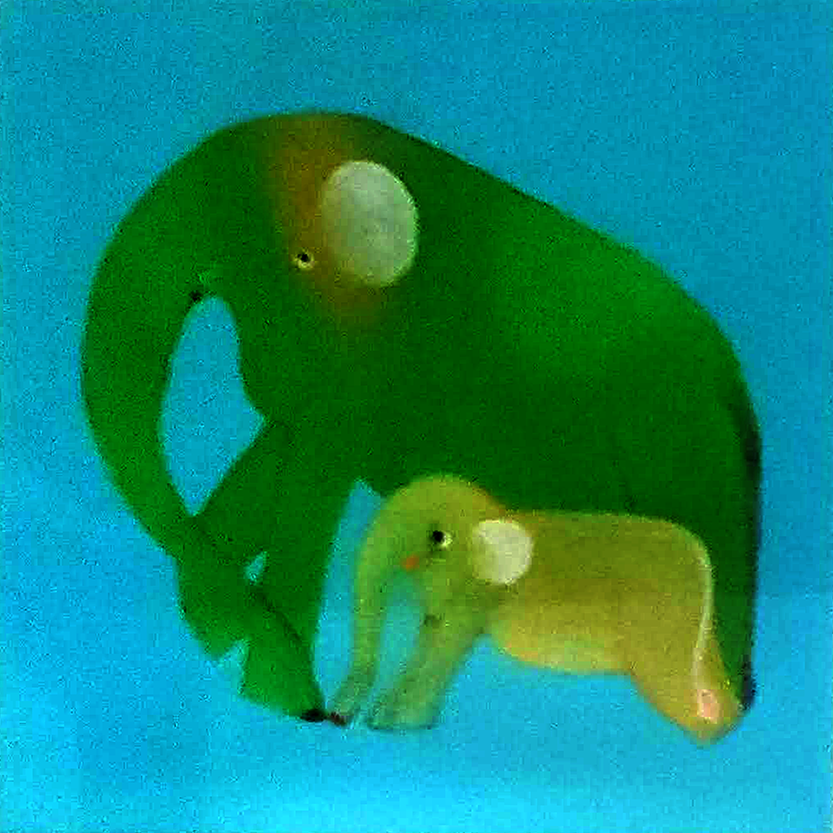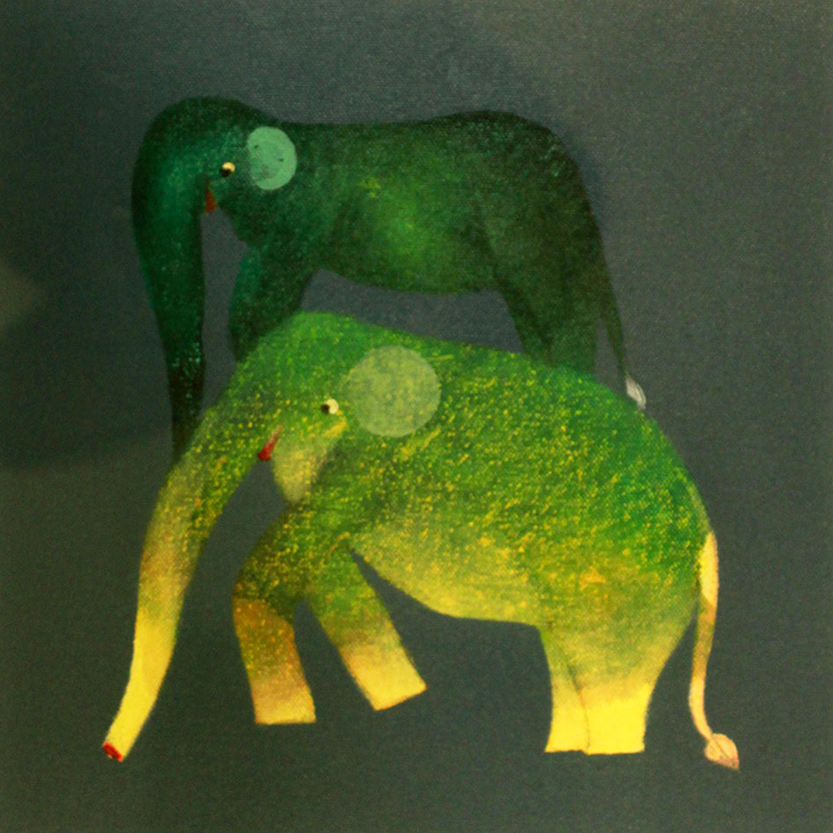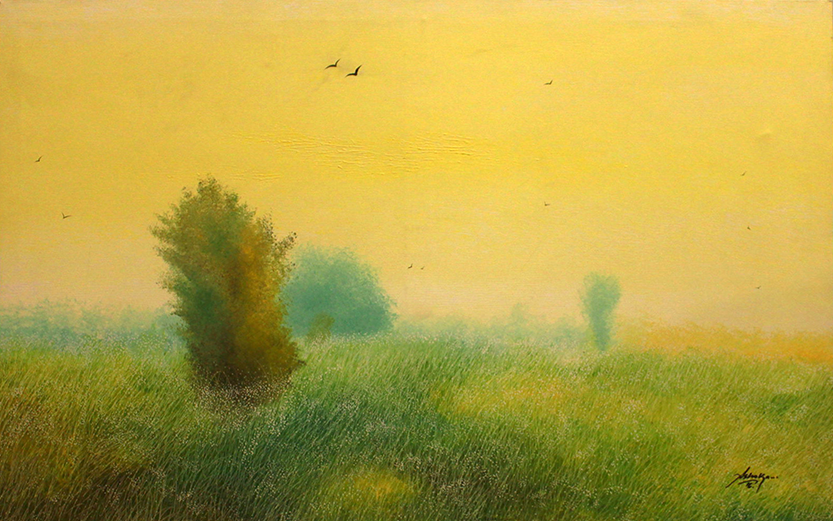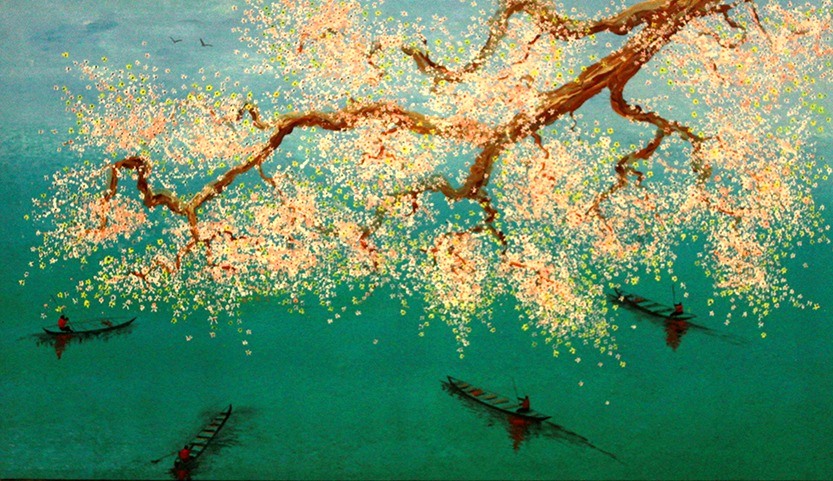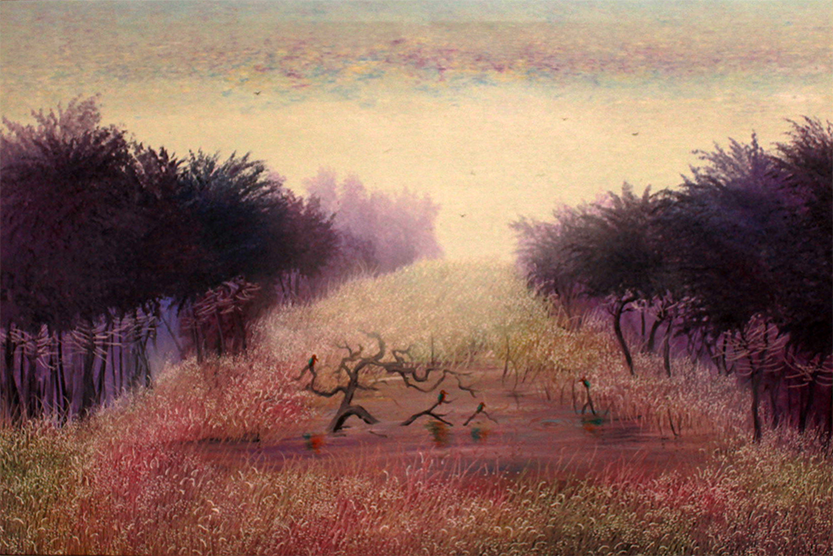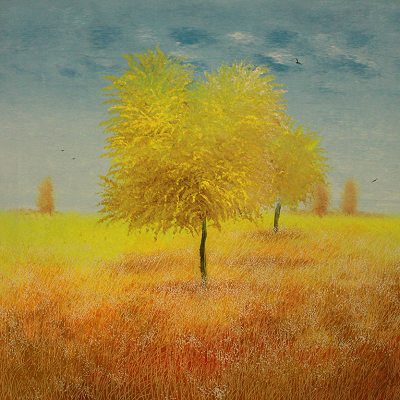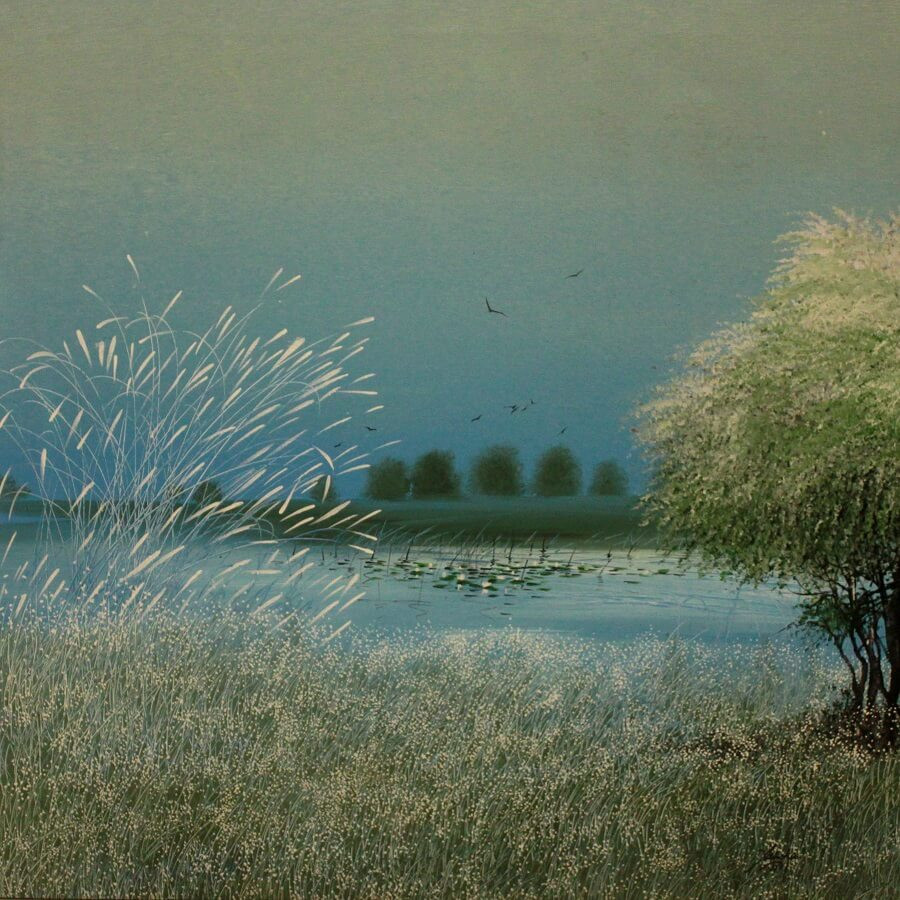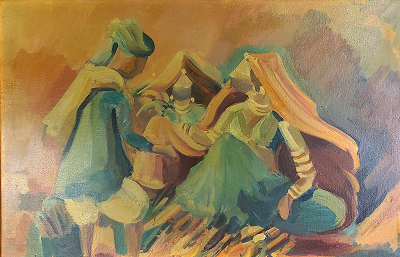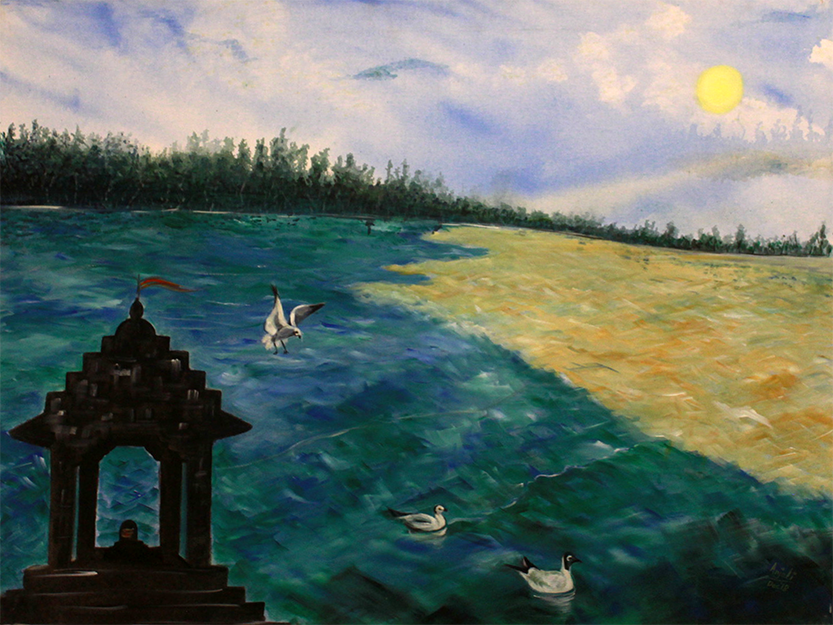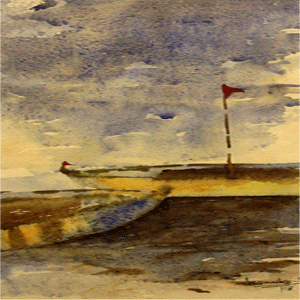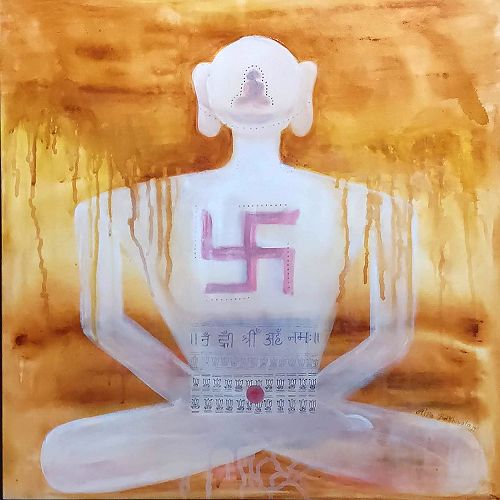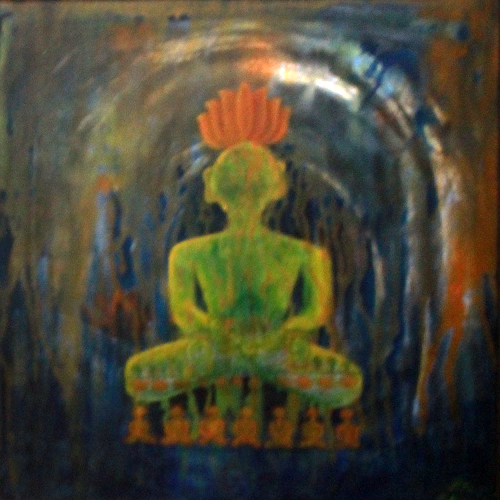Fine Art
-
Elephant Series 6
₹19,999.00 ₹15,999.00 -
Elephant Series 2
₹19,999.00 ₹15,999.00 -
Summer 4
₹74,999.00 ₹54,999.00 -
The Boats
₹74,999.00 ₹54,999.00 -
The Horizon
₹74,999.00 ₹54,999.00 -
Summer 1
₹34,999.00 ₹24,999.00 -
Landscape
₹34,999.00 ₹24,999.00 -
Family Talk
₹12,999.00 ₹10,999.00 -
Tample on beach
₹35,949.00 ₹27,849.00 -
Boats
₹3,199.00 ₹2,199.00 -
Meditation 4
₹49,999.00 ₹44,999.00 -
Meditation 3
₹49,999.00 ₹44,999.00
Enter the world of artistic marvels at Art Life Gallery, Buy Fine Art Paintings. Our gallery features a wide range of pieces that encapsulate the spirit of artistic expression, serving as a tribute to the rich fabric of human creation.
Every brushstroke at Art Life Gallery captures the essence of various artistic styles and tells a distinct tale. With a diverse collection of paintings spanning genres, styles, and countries, our gallery is a celebration of artistic expression. Our well-chosen selection is sure to inspire, prompt thinking, and arouse feelings in both seasoned art collectors and novice admirers.
Our dedication to superior creative quality goes beyond the confines of the gallery.In addition to providing a venue for both known and up-and-coming artists, Art Life Gallery also nurtures a thriving community that recognizes and supports Delhi NCR's thriving art scene. Our selection features timeless classics as well as new masterpieces that harmoniously combine tradition and modernity.
The Art Life Gallery is an experience as much as a place to Buy Fine Art Paintings in Delhi, NCR. We cordially encourage you to delve into the realm of great art, find works that speak to your spirit, and explore the depths of creation.
You may invest in the diversity of artistic expression or choose a statement piece for your home at Art Life Gallery. Either way, you'll go on an amazing adventure through the world of fine art. Come see the paintings and allow them to talk to you; they will tell you timeless tales that will forever alter your perception of art.








